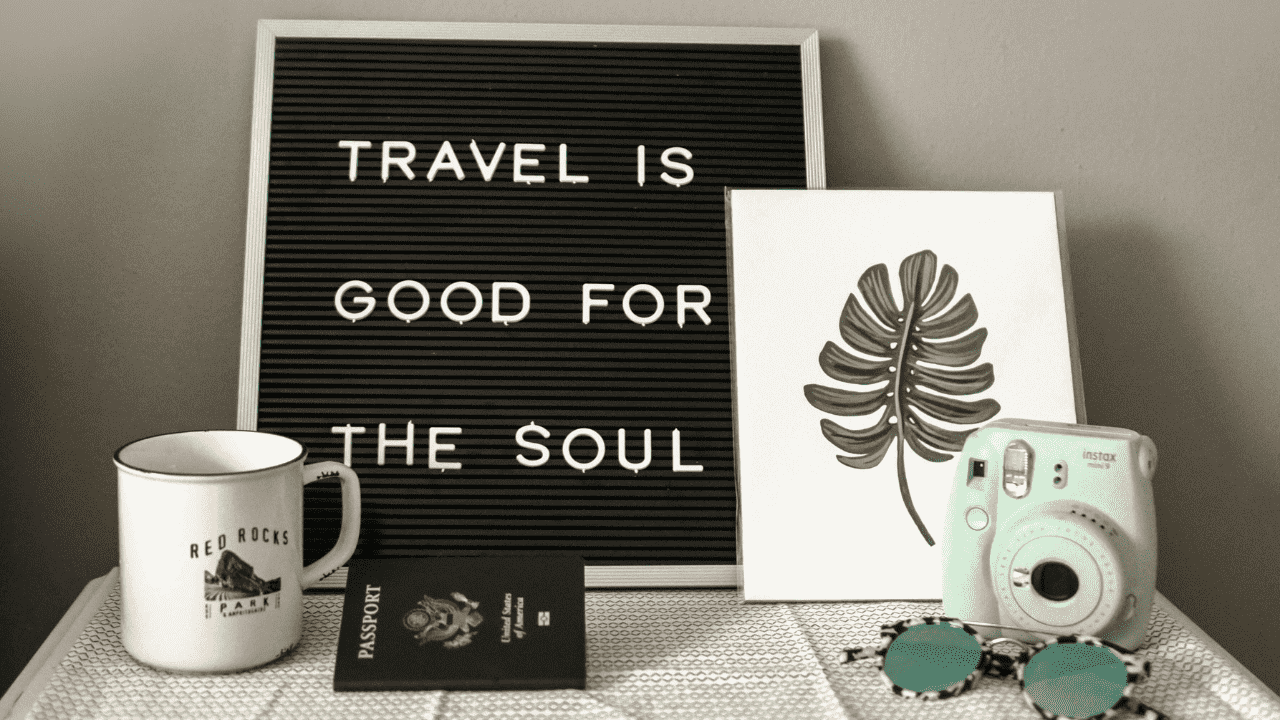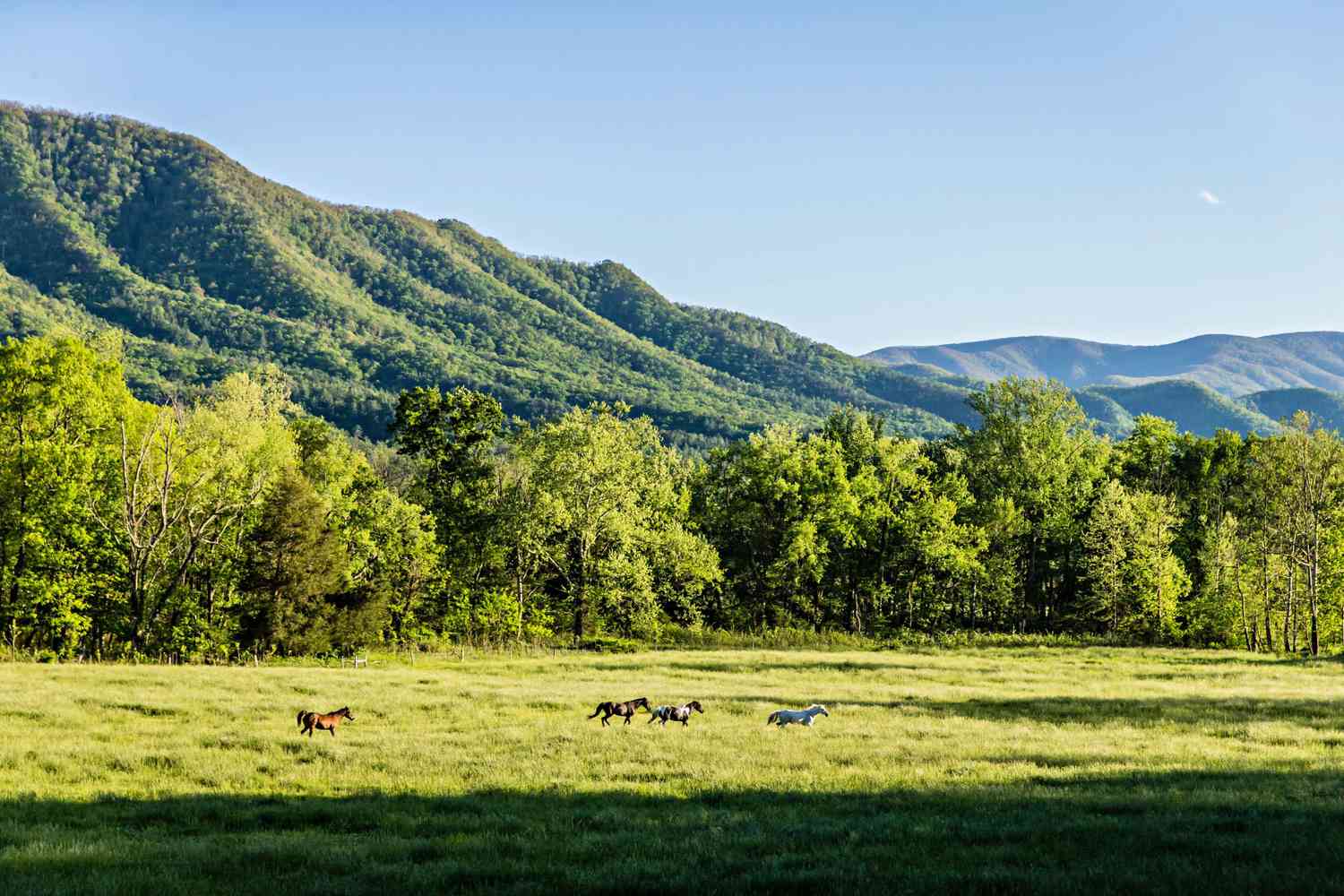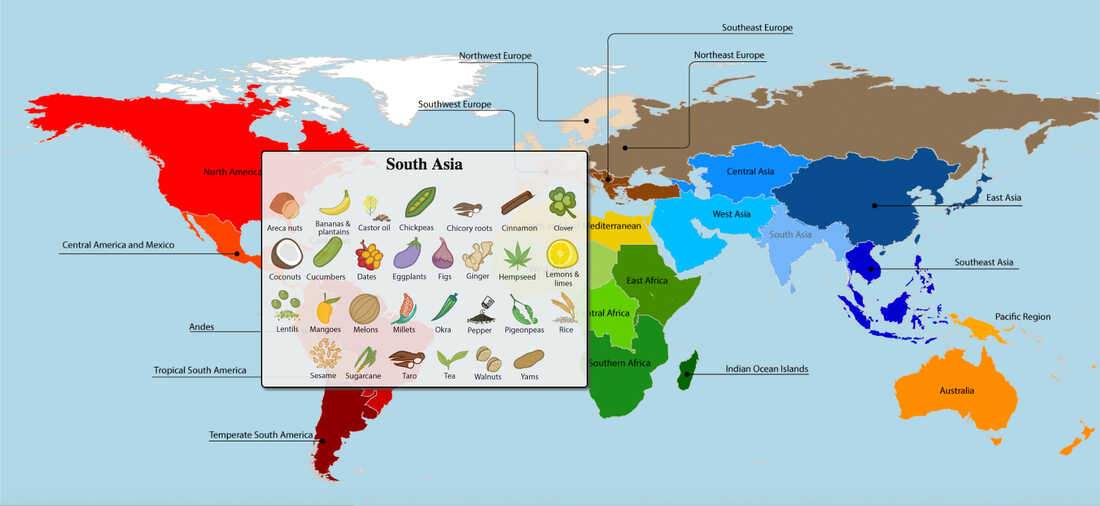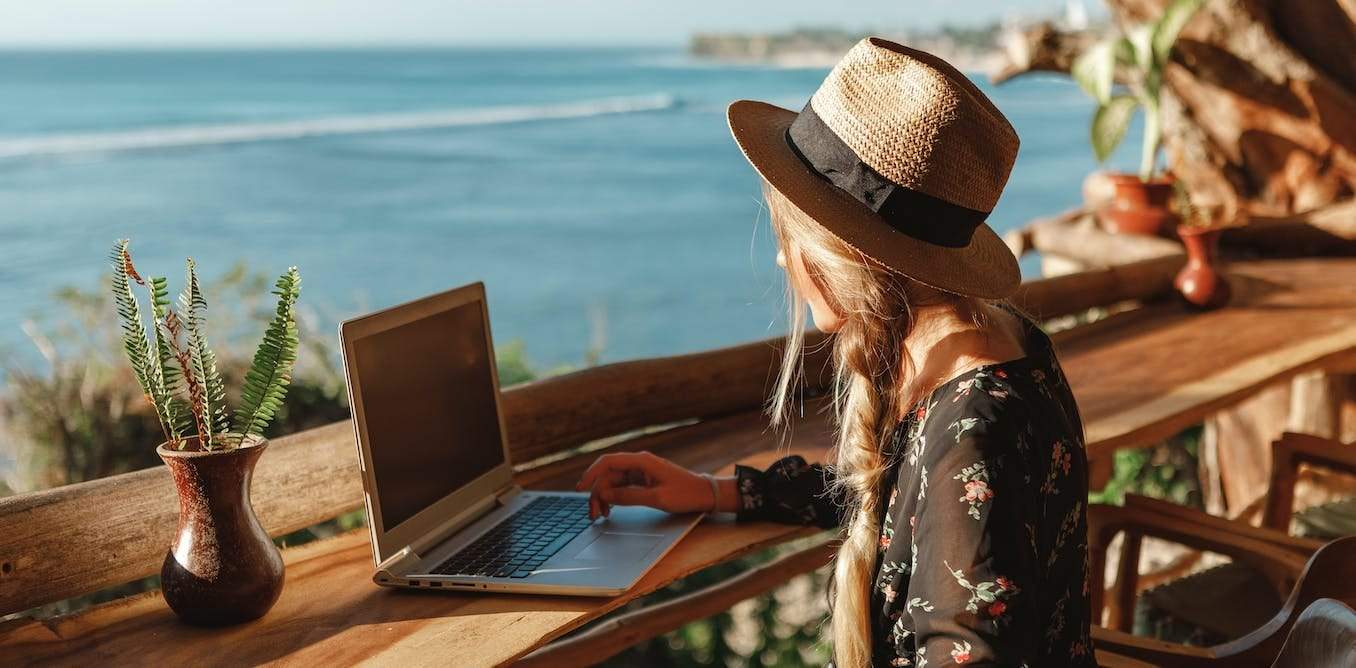Understanding the "City to Summit" Philosophy
The "City to Summit" philosophy is more than just a trend; it's a lifestyle choice that prioritizes both cultural enrichment and physical and mental well-being. It acknowledges that both urban environments and natural landscapes offer unique benefits, and seeks to combine the best of both worlds. This might involve living in a city with easy access to hiking trails, planning regular excursions to mountainous regions, or even incorporating elements of nature into an urban home.
Planning Your Escape: Practical Guidance
Effectively blending city life with mountain retreats requires careful planning. Here's a breakdown of key considerations:
1. Location, Location, Location: Proximity Matters
Choosing a city with convenient access to mountains is paramount. Consider the distance to trailheads, the availability of public transportation, and the traffic conditions. A city with a thriving outdoor community and readily accessible natural areas can significantly enhance your "City to Summit" experience. Examples include Denver, Colorado; Vancouver, British Columbia; and Asheville, North Carolina.
2. Gear Up: Essential Equipment for Mountain Adventures
Having the right gear is crucial for safe and enjoyable mountain experiences. This includes sturdy hiking boots, appropriate clothing layers for varying weather conditions, a backpack, a water bottle or hydration pack, and a map and compass (or GPS device). Depending on the activity (hiking, climbing, skiing, etc.), specialized equipment may also be necessary. Consider investing in quality gear that will last and provide optimal performance. For example, proper hiking boots can be found from retailers like REI [REI Website] or MEC [MEC Website].
3. Skill Development: Building Competence and Confidence
Before embarking on challenging mountain adventures, it's essential to develop the necessary skills and knowledge. This might involve taking hiking or climbing courses, learning about wilderness survival techniques, or practicing navigation skills. Start with easier trails and gradually progress to more difficult ones as your skills and confidence improve. Resources like the Appalachian Mountain Club [Appalachian Mountain Club Website] offer courses and guided trips for all skill levels.
4. Safety First: Prioritizing Risk Management
Mountain environments can be unpredictable, so safety should always be a top priority. Check the weather forecast before heading out, inform someone of your hiking plans, and carry a first-aid kit. Be aware of potential hazards such as wildlife, steep terrain, and changing weather conditions. Consider carrying a personal locator beacon (PLB) or satellite messenger in case of emergencies.
5. Sustainable Practices: Protecting Our Natural Resources
It's crucial to practice sustainable outdoor ethics to minimize our impact on the environment. This includes staying on marked trails, packing out all trash, avoiding disturbing wildlife, and respecting private property. Consider supporting organizations that work to protect natural areas. Leave No Trace principles are essential for responsible outdoor recreation [Leave No Trace Website].
Long-Term Considerations: Commitment and Responsibility
Integrating the "City to Summit" lifestyle involves long-term commitment and responsibility. Consider the following:
1. Maintenance of Gear: Ensuring Longevity and Performance
Regularly inspect and maintain your outdoor gear to ensure its longevity and optimal performance. Clean your hiking boots after each use, waterproof your clothing as needed, and store your gear properly to prevent damage. Replacing gear can be costly, so proper maintenance is essential. For example, regularly cleaning and conditioning leather hiking boots can significantly extend their lifespan.
2. Physical Fitness: Maintaining Your Peak Condition
Mountain activities require a certain level of physical fitness. Incorporate regular exercise into your routine to maintain your strength, endurance, and flexibility. This might include hiking, running, swimming, or weight training. Consult with a healthcare professional before starting any new exercise program.
3. Time Management: Balancing City Life and Mountain Escapes
Effectively balancing city life with mountain retreats requires careful time management. Plan your trips in advance, allowing sufficient time for travel, hiking, and relaxation. Consider using weekends or vacation days to explore nearby mountains. Be realistic about your time constraints and avoid overcommitting yourself.
4. Environmental Impact: Minimizing Your Footprint
Be mindful of your environmental impact and take steps to minimize your footprint. Choose sustainable transportation options, such as public transportation or carpooling. Pack reusable water bottles and food containers to reduce waste. Support businesses and organizations that are committed to environmental sustainability.
5. Financial Planning: Budgeting for Outdoor Adventures
Outdoor adventures can be expensive, so it's important to budget accordingly. Factor in the cost of transportation, gear, permits, and accommodation. Look for affordable options, such as camping or staying in hostels. Consider purchasing used gear or renting equipment to save money.
Table: Comparing Cities for "City to Summit" Lifestyle
| City | Proximity to Mountains | Outdoor Activities | Cost of Living (Relative) | Public Transportation |
|---|---|---|---|---|
| Denver, Colorado | Excellent (Rocky Mountains) | Hiking, skiing, climbing, mountain biking | High | Good |
| Vancouver, British Columbia | Excellent (Coast Mountains) | Hiking, skiing, snowboarding, kayaking | Very High | Excellent |
| Asheville, North Carolina | Good (Blue Ridge Mountains) | Hiking, camping, fishing, rock climbing | Moderate | Limited |
| Salt Lake City, Utah | Excellent (Wasatch Mountains) | Skiing, snowboarding, hiking, rock climbing | Moderate | Good |
| Seattle, Washington | Good (Cascade Mountains) | Hiking, skiing, snowboarding, kayaking | High | Good |
FAQ: Frequently Asked Questions
1. What are the best beginner-friendly mountain activities?
Beginner-friendly mountain activities include hiking on well-maintained trails, picnicking in scenic areas, and visiting nature centers. Start with shorter, less strenuous hikes and gradually increase the difficulty as your fitness improves.
2. How can I find hiking partners or outdoor groups?
You can find hiking partners or outdoor groups through online forums, social media groups, and local outdoor clubs. Many organizations offer guided hikes and other activities for people of all skill levels.
3. What are the essential items to include in a hiking first-aid kit?
An essential hiking first-aid kit should include bandages, antiseptic wipes, pain relievers, blister treatment, insect repellent, sunscreen, and any personal medications you require.
4. How can I minimize my impact on the environment while hiking?
To minimize your environmental impact while hiking, stay on marked trails, pack out all trash, avoid disturbing wildlife, and respect private property. Follow Leave No Trace principles and consider supporting organizations that protect natural areas.
5. What are some signs of altitude sickness and how can I prevent it?
Signs of altitude sickness include headache, nausea, fatigue, and dizziness. To prevent altitude sickness, ascend gradually, drink plenty of fluids, avoid alcohol and caffeine, and consider taking altitude sickness medication if recommended by your doctor.
Disclaimer: This information is for informational purposes only and should not be considered professional advice. Always consult with qualified professionals for specific guidance.
Sources:
- Leave No Trace Center for Outdoor Ethics. https://lnt.org/
- Appalachian Mountain Club. https://www.outdoors.org/
- REI Co-op. https://www.rei.com/





